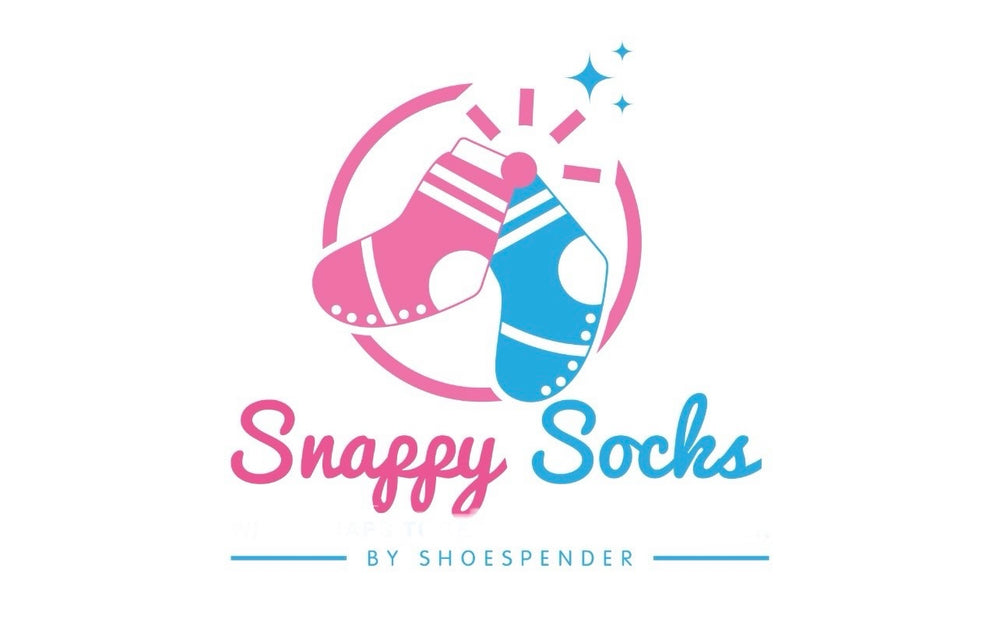Our family was wanting to pursue a parks habit, but it seemed like a trickier proposition with a baby with social distancing needs and travel suddenly restricted to places we could reach by car from D.C.
We weren’t isolated in our desire. Last year, when so many other travel options were not available, 238 million people visited national parks. Despite pandemic-related closures that brought the total down compared to 2018, some locations set visitation records.
Over the past several months of research and exploration, we have discovered a few tips to make our aspiration a reality, though we are still in constant learning mode (welcome to parenthood).
Set Reasonable Expectations
With a small baby, chances were good we would be awake at sunrise. But after a night of patchy sleep, could we get her fed, bundled and up to a summit—or even just a parking lot with a view—in time to see the sun come up like we did in pre-baby days? Not a chance.
“Start out gently, don’t set huge expectations, don’t expect to go a lot of miles,” she said. “Be prepared to turn around or look for places that have loops because you can expand the loop or do it again.”
An On-the-Fly Approach Can Work
Our first venture was to Shenandoah National Park over Halloween weekend when the baby was a few months old, to celebrate the day we met. We booked a cabin-like room on park grounds well in advance. But, in our sleep-deprived state, we planned everything else later, scouring hiking blogs and official park sites at the last minute for a trail that would be manageable with two dogs and an infant.
Still, the views were stunning. We felt safe outdoors. The baby slept in a carrier the whole hike along Upper Hawksbill Trail, and she tolerated an emergency diaper change in the back of the car at a scenic overlook. I wished we had planned our day more carefully to fit in extra sightseeing on Skyline Drive, but instead I watched the sun set over the Blue Ridge Mountains from the room with my sleepy daughter—a fine consolation.
Seek Out Advice from Other Parents
Six months later, we relocated temporarily to South Florida where I’m from. For our sixth wedding anniversary, my husband and I decided to put phase two of our parks plan—visiting Everglades National Park with the 9-month-old—into action.
The Everglades is known for alligators, rivers of grass, monster mosquitoes, and invasive pythons. Maybe not the baby-friendliest place to visit? The national park encompasses 1.5 million acres, with three entrances spread far apart. This was not a time for improvisation.
I checked TripAdvisor and the National Park Service site, which has information for kid programs but not much baby advice. For that, I turned to Hike it Baby, which has parent-written family trail guides and Facebook groups for hundreds of communities in North America. Families can find categories such as stroller friendliness, bathroom availability, surface type and cellphone reception as well as helpful tips like, “Be ready to pick little ones up in case you cross paths with the wildlife.”
That was in the description for the Everglades’ Anhinga Trial, a 0.8-mile loop easily accessible from the Royal Palm Visitor Center. At half that length, the adjacent Gumbo Limbo Trail seemed like an ideal add-on if the first ramble went well.
Know the Gear You Need
“Be sure to pack sunscreen and bug spray,” the Hike it Baby post said about the Everglades trail we chose. But as a South Florida native who grew up with sunburns and bug bites, that is just part of my DNA.
Before our trip, I spent way too much time researching bug spray for babies. The American Academy of Pediatrics says not to apply insect repellents to babies younger than 2 months. For older babies, the organization says repellents using the active ingredient DEET are considered the best defense against biting bugs—but products should contain no more than 30 percent DEET when used on children. I brought both a DEET option and an organic one, but ultimately didn’t need either—the bugs were miraculously not yet swarming.
Also in our supply bag: a change of clothes, socks, diapers, sunblock for the baby and grown-ups, water in a sippy cup and extra water bottles, pouches of baby food, and so many Cheerios. We brought the trusty Ergobaby carrier we had been using for months already.
Carrillo Alatorre said parents should make sure their carrier fits well and works for parent and baby before trying it on a hike: “If you’re going on vacation or taking your baby to the national park, you’re going to want to make sure that stuff works before you go.”
And of course, always bring your Shoespenders with you to make sure your babies shoes make their way home!

